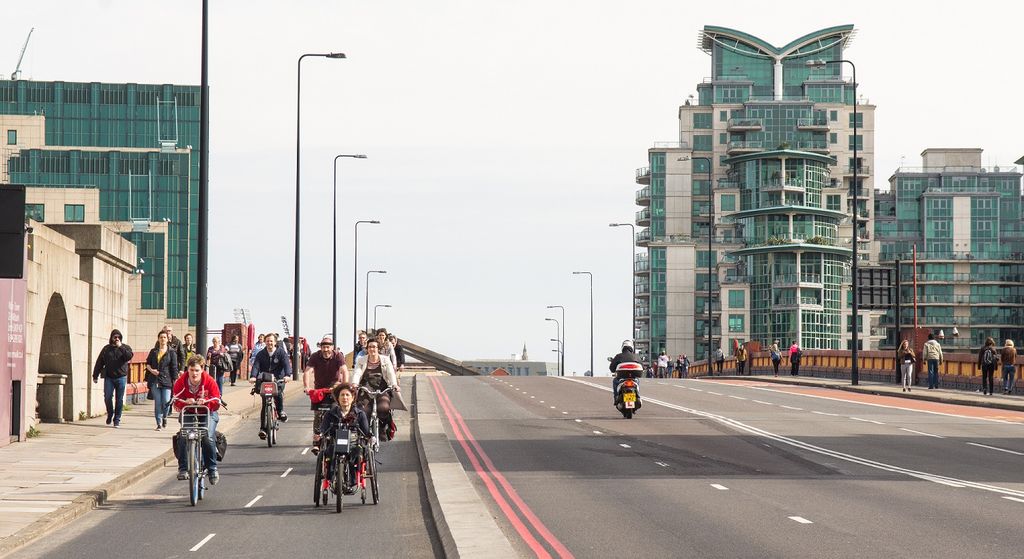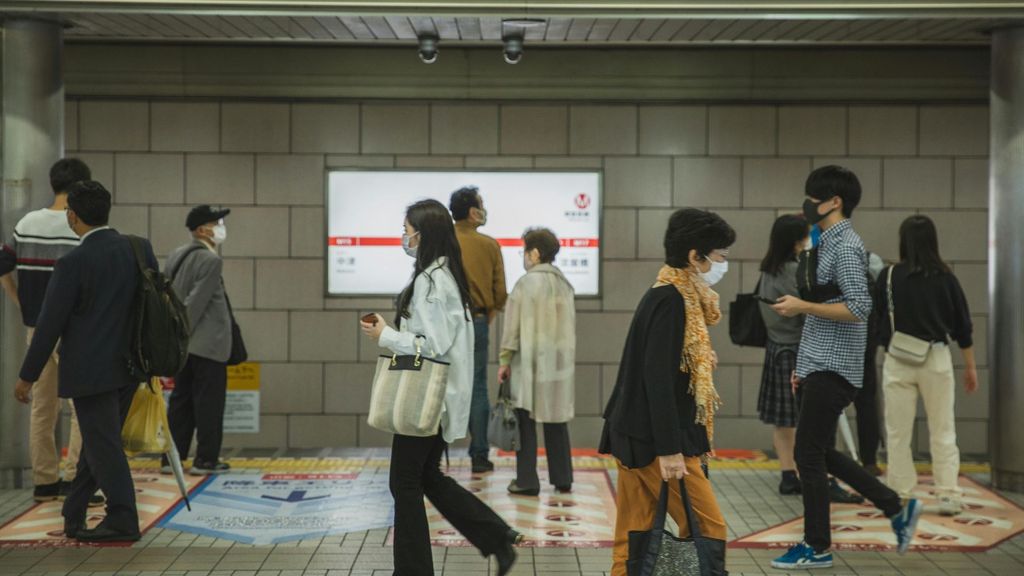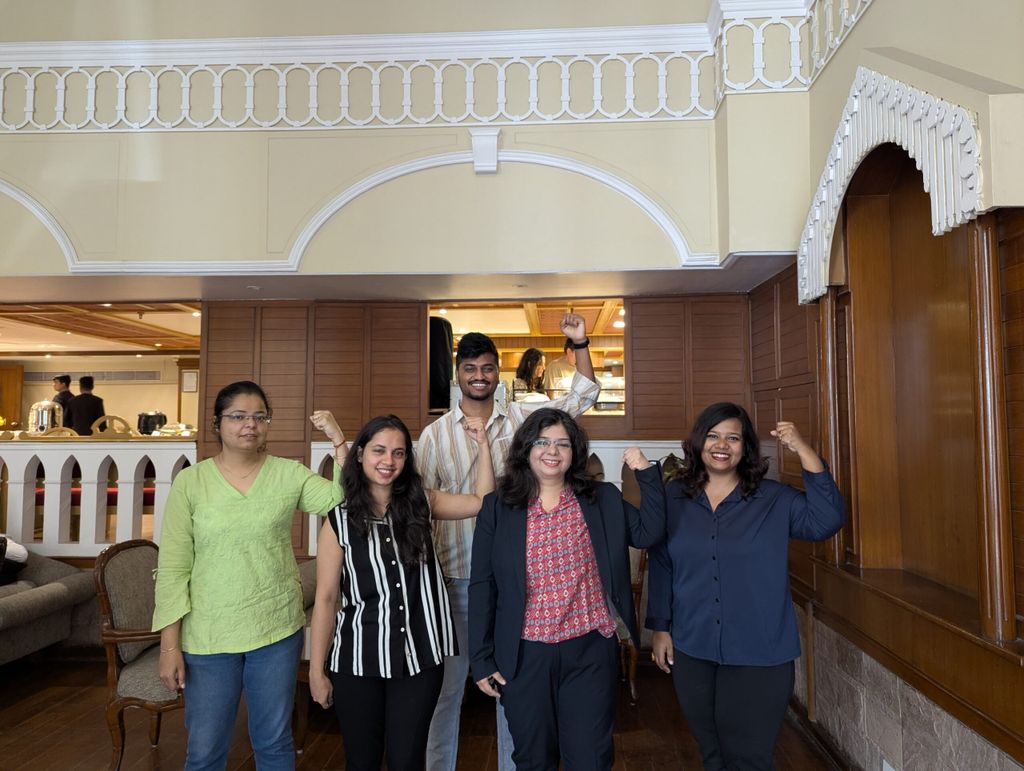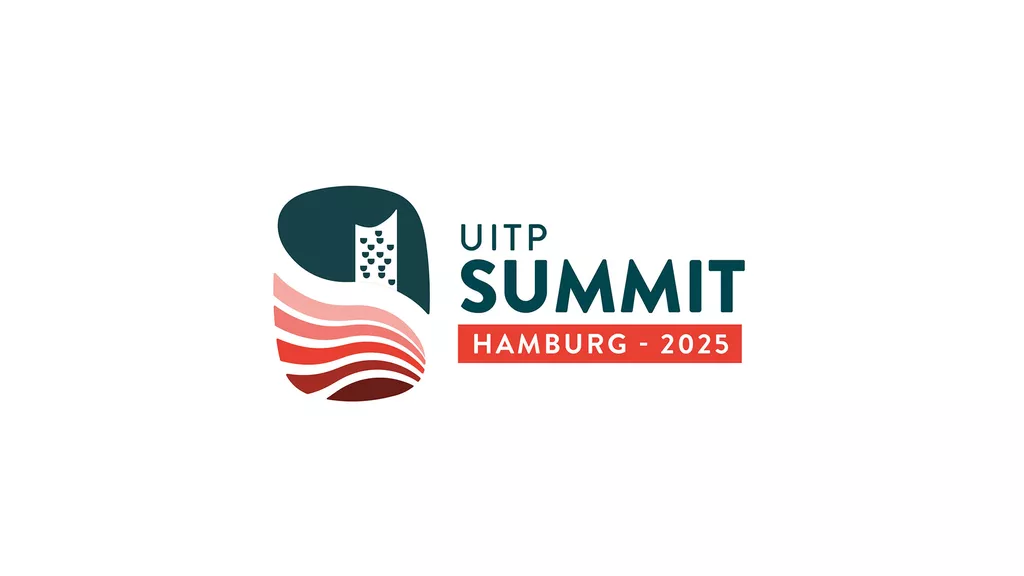
Leading transformation with innovation: how UMii rethinks urban mobility
Cities’ public transport will have to continuously adapt to become more resilient
Cities today find themselves in the driving seat when it comes to experimenting new approaches to repurpose limited city space. Their innovations could help to better meet travel needs, meet pressing requirements to bring transport carbon emissions to zero, and overall create better, more sustainable cities.
Moreover, cities’ public transport will have to continuously adapt to become more resilient and continue to provide mobility in crises we are seeing more often, such as global warming, geopolitical conflict and global health.
UMii showcases mobility innovations from cities across the world
The Urban Mobility Innovation Index (UMii) was launched in 2016 by UITP and the Roads and Transport Authority of Dubai (RTA) to share knowledge and gather insights into cities’ ways of fostering innovation to address urban transport challenges. It is an indicator framework that assesses the maturity of a city’s innovation ecosystem in urban mobility, using a collection of indicators.
The first UMii report was delivered in 2017. Since then, the world has been through many important transformations and cities have had to face many challenges…
Now, UITP is proud to announce the launch of the Urban Mobility Urban Innovation Index 2021 report, including important improvements better addressing new contextual realities and highlighting how cities have transformed over the last years. Alongside UITP and RTA, the University of Žilina (UNIZA) has taken the leading role in the research work for UMii since December 2020.
The aim of the Urban Mobility Innovation Index is not to rank cities, but to engage in a reflexive process, to share best practices, and to showcase innovative solutions.
Reflecting on innovation with 38 cities
The new UMii report highlights lessons from 38 innovative cities worldwide, aiming to inspire other city administrations to learn, experiment, and lead mobility innovations that contribute to a transformation towards safer, healthier, quieter, cleaner, and happier cities for all.
The report captures recent changes and translates best practices into practical and actionable recommendations for cities to strategically integrate innovation as part of urban transport planning.
One main take-away is that cities are proactively engaging with innovation more than ever, and they are also experimenting with a wider range of innovations – underpinning these innovations are a wider set of goals which cities aim to achieve.
It is precisely the ability to deal with complexity that makes innovative cities more successful. Mobility is much more than planning for efficient transport: it is also about quality of life, equity, participation, health, urban design, ecology etc. The 10 key topics highlighted in the UMii report summarise well the most important findings and recommendations relevant today.
Innovation comes in many forms
If anything, the UMii report shows that there is no silver bullet for innovation. Innovation is not to be understood as merely ‘smart’ technological innovations. They rather can relate directly to mobility innovations in terms of mobility modes, services and infrastructures, or they can refer to ‘smart’ uses of data e.g. intelligent transport systems. They can have to do with novel planning processes, tools and engagement practises, or to novel regulatory, financial or institutional enablers facilitating the work of transport planning agencies.
From Mexico City’s ‘Muévete en Bici’ (Move by Bike) that every Sunday closes 50km of streets to motorised traffic, to micro-mobility points in Budapest and from automated mobility trials in Singapore to Bogotá’s eco-driving training programme for women to close the gender gap in transport: innovation comes in many forms.













